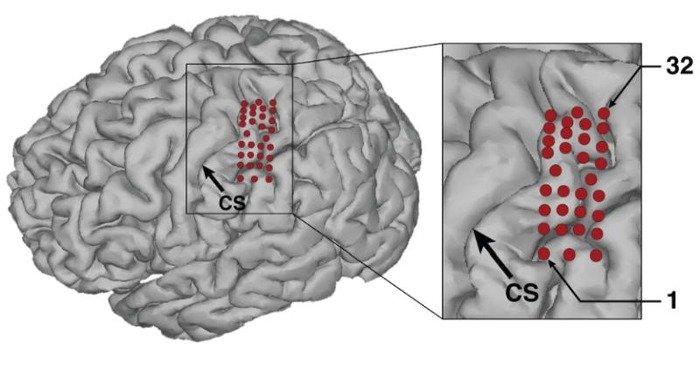PITTSBURGH, Feb. 8 (UPI) -- Electrodes on the brain of a paralyzed man allowed him to move a robot arm to touch a friend's hand for the first time in seven years, researchers said.
Tim Hemmes, 30, who sustained a spinal cord injury in a motorcycle accident seven years ago that left him unable to move his body below the shoulders, was able to use brain-computer interface technology to control movement of a computer cursor and later a robot arm, researchers at the University of Pittsburgh School of Medicine reported Friday.















